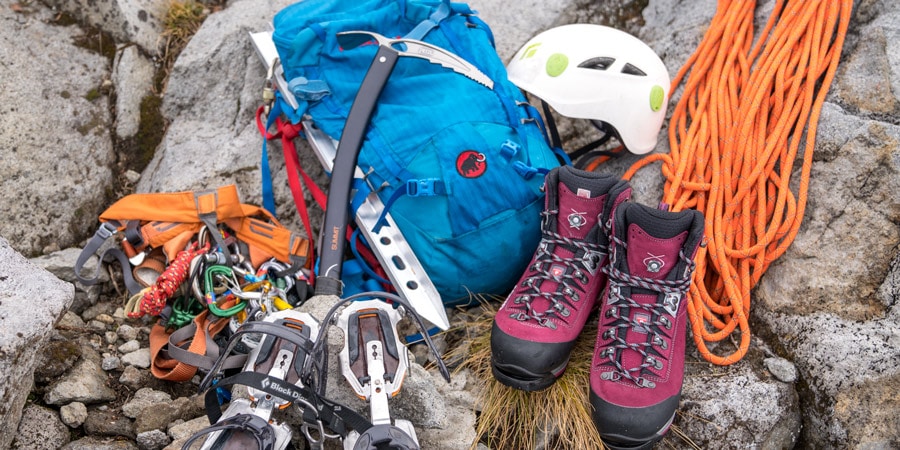Choosing Hill Climbing Gear

Choosing the right gear is a very important aspect of hill climbing. There are a number of things you should consider, from cadence to shoes and crampons. This article will cover some of the most important factors. By following these tips, you’ll be able to select the right gear to meet your needs.
Choosing the right cadence
The right cadence is crucial to cycling endurance. It is the number of revolutions per minute that the cranks of your bike are spinning. While no two riders are the same, most cyclists are comfortable pedaling at around 70 to 90 RPM. Moreover, riding at this cadence allows you to conserve energy, while increasing power output.
To maintain a steady cadence, it is important to maintain a relaxed posture. This will prevent you from breathing heavily or slumping during long climbs. For beginners, a steady cadence of 65 to 80 rpm is enough. For more experienced cyclists, a cadence of 90-95 rpm will be ideal.
Choosing the right cadence can make a huge difference when climbing uphill. Before a long climb, build up momentum on flat surfaces. This momentum will help you to climb the next hill faster. It is also important to shift gears early enough to avoid exerting unnecessary pressure on the chain. Otherwise, you might end up having problems later on.
Choosing the right shoes
One of the first steps in selecting the right shoes for your hill climbing gear adventure is to decide on the style. The style of climbing will dictate the size and fit of the climbing shoes. For example, serious climbers may want to go for a performance-fit shoe while more casual climbers may prefer a comfort-fit shoe. However, the style and fit of your shoes will also depend on what you will be doing on the rock faces.
The shape of the foot is another key factor in determining which type of shoe to purchase. Many experienced climbers recommend purchasing climbing shoes a size or two smaller than other footwear. In addition, the rigidity of the sole should be carefully considered to ensure proper support. On the other hand, if you prefer a shoe that fits snugly, choose one with a softer sole.
Choosing the right size is an essential step for any climber. Climbing shoes are not like your street shoes – they need to fit your foot perfectly. Buying shoes that are one size too small can make you uncomfortable and even end up hurting.
Choosing the right crampons
Crampons are essential for mountain pursuits, including climbing, ice climbing, and general snow-walking. The type of crampon you need will depend on your terrain, and they can provide crucial stability and purchase when used correctly. There are two types of crampons: strap-on and step-in. Both types of crampons are useful for different situations, but they have different advantages.
Steel crampons are more durable than aluminum crampons, and they weigh less than aluminum. Mono-point crampons are lightweight and more versatile than steel crampons, but they also tend to be less aggressive. Aluminum crampons are not as strong and should be used only for light missions that don’t require much ice. Aluminum crampons can break if they get caught on hardened water ice. A typical pair of steel crampons has 10 to 12 points. A technical ice climber can choose a 14-point model for even greater precision.
The type of front-point crampon you choose depends on the type of terrain you plan to climb on. Some types have four front points, while others have five. A front-point crampon is a good option for steep terrain, while a back-point crampon is better for snowy terrain.